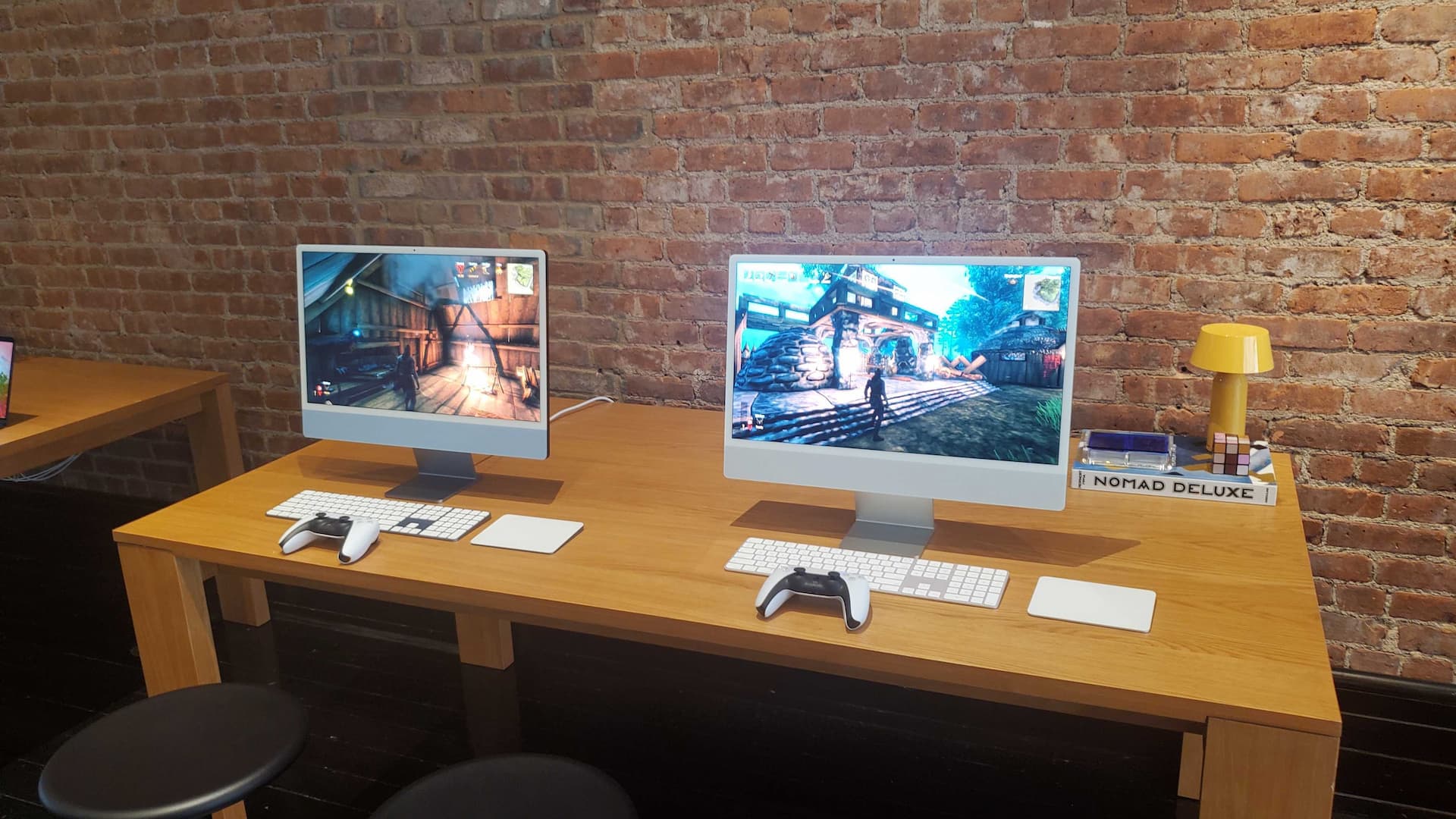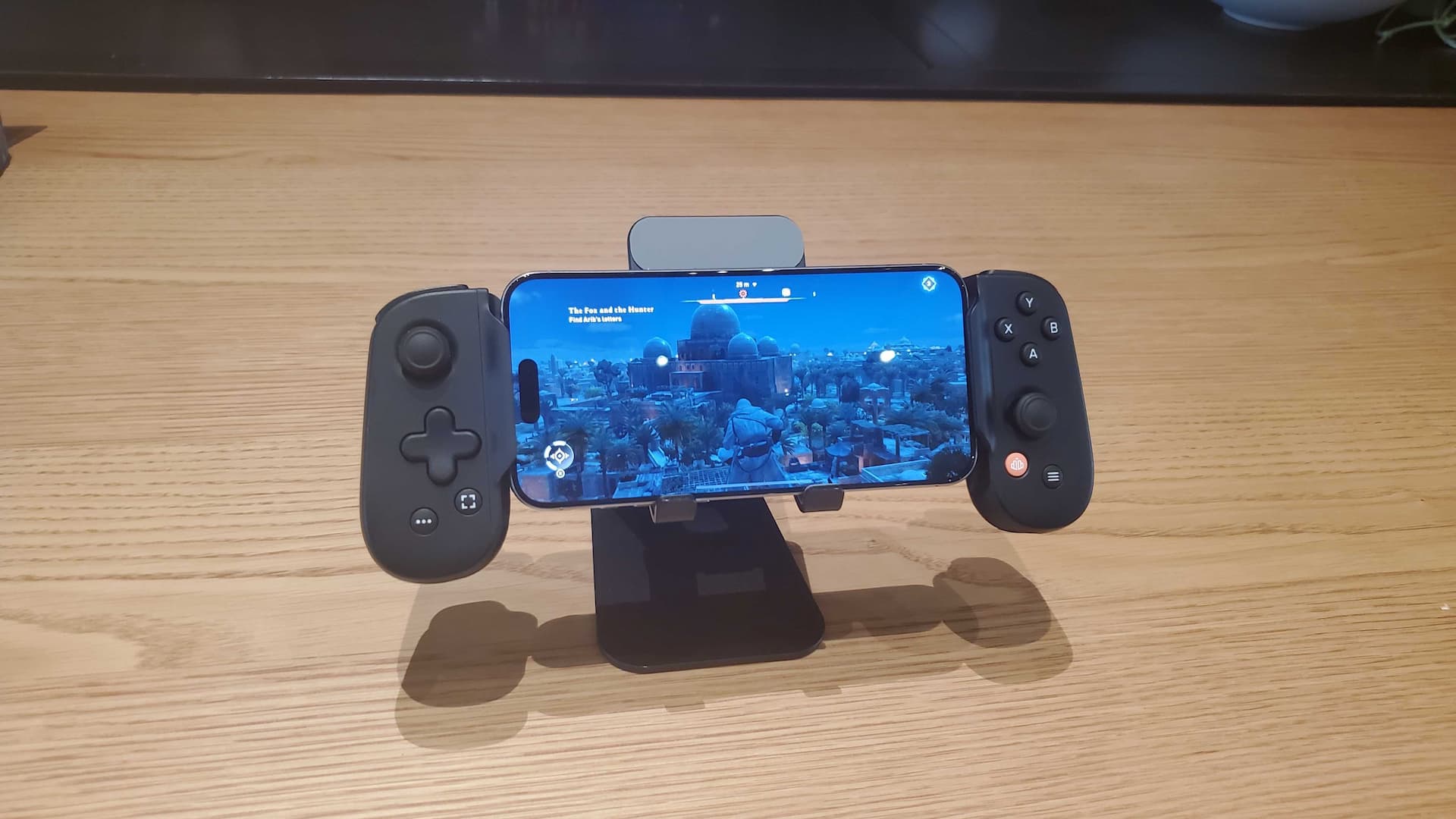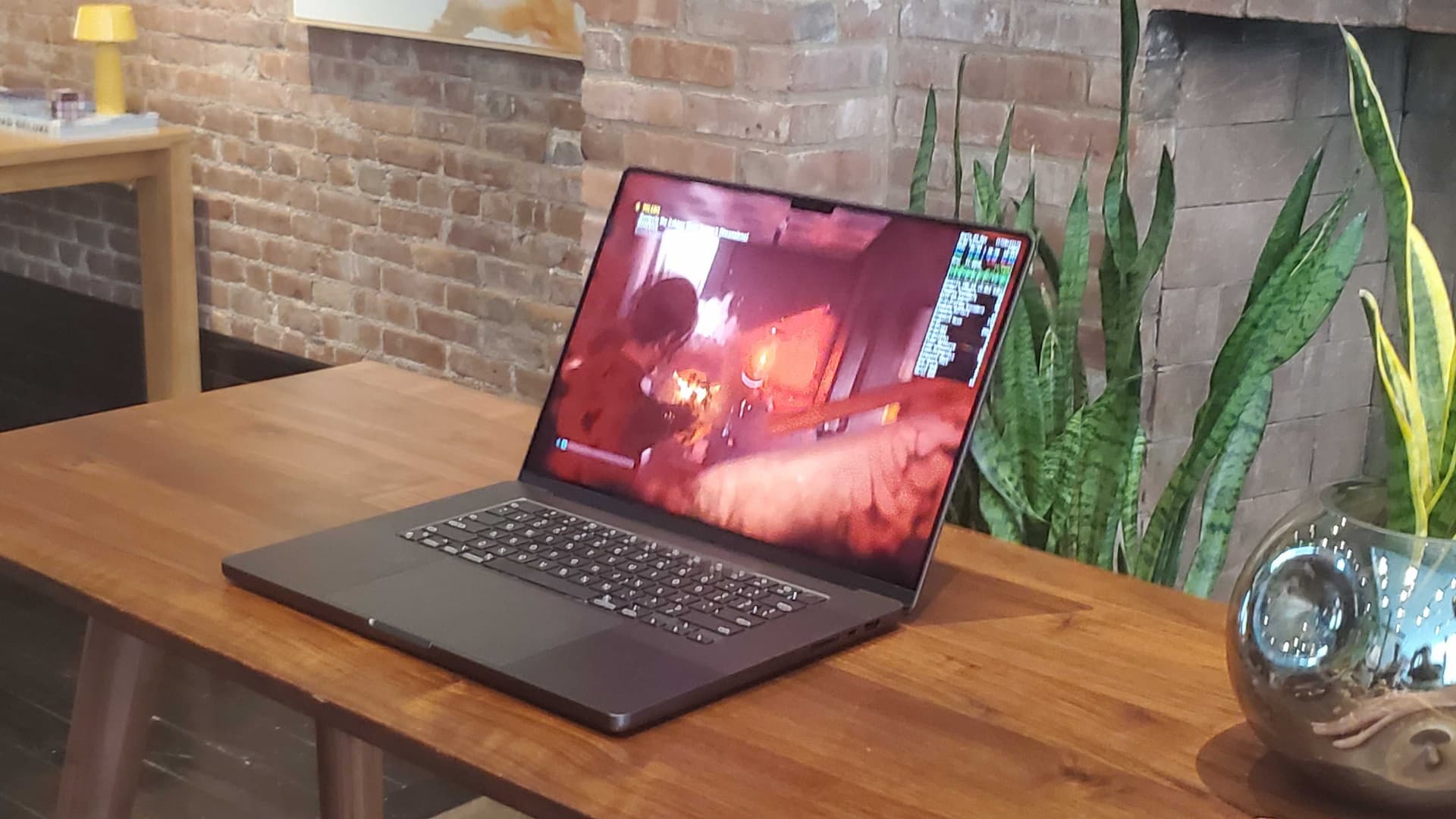As a dedicated Windows PC gamer who owns some of the best gaming PCs out there, I’ve extensively covered Apple’s recent attempts at finally capitalizing on its excellent M-series silicon and expanding its gaming platform for the best MacBooks and Macs. Progress seemed slower than molasses for a while, with some solid ports announced and launched that proved what Apple hardware could do, as well as a partnership with game developer and director Hideo Kojima. Unfortunately, there was not much long-term substantial progression, which worried me quite a bit.
Then WWDC 2024 came, and with it, some major announcements from Apple that turned around the increasingly bleak outlook almost immediately. Just before the event, Apple revealed that Assassin’s Creed Shadows would be coming to Mac alongside PCs and consoles on November 15, 2024. During the conference, it was also announced that Shadows would come to iPad.
Since then, there’s been a barrage of other news involving Mac gaming, including other titles coming out for Apple platforms, developer toolkits that make game porting and development even easier, and more. But what really cemented things for me was my personal experience at a recent gaming showcase, which was nothing short of incredible.

Apple gaming: thoughts and hands-on
I was able to sample several games across the iPad, iPhone, and Mac devices, both hands-on and live demonstrations. These included titles like Control, Assassin’s Creed Mirage, Zenless Zone Zero, Diablo Immortal, Valheim, Frostpunk 2, and Palworld. What impressed me even more was how well games ran between these devices, with even an iPhone being able to handle AAA titles.
Zenless Zone Zero was easily one of the most impressive demos of that day. It ran at an absolutely buttery smooth framerate of 120fps on an iPad M4. Similarly, Assassin’s Creed Mirage played nearly as well on the iPad M4 as on the iMac. Even testing it out on the iPhone proved to be quite an impressive experience, as it ran shockingly well at high settings (though not without some stuttering).
Valheim, though not immediately demanding graphics-wise, is a massive open-world title that’s procedurally generated and, therefore, requires a solid desktop setup to run smoothly, which the iMac easily handled. Palworld, a similar game, also ran well with no visible hiccups or stuttering. Frostpunk 2 and Diablo Immortal, two equally massive games though different in genre, ran on both Mac and iPad with no difficulties – in fact, I often forgot I was gaming on an iPad as the experience was so smooth.

Apple has also introduced plenty of gaming tools and features that enhance the overall experience. While watching a live demonstration of Control Ultimate Edition and later playing it myself, I saw how well it ran on a Mac device and how well it performed using the dev toolkit Crossover, which allows for Windows games not yet playable on Mac devices to be played. While not perfect, the gameplay was smooth and almost completely stutter-free, maintaining near 60fps even during more frenetic combat scenes.
Game Porting Toolkit 2 is another development toolkit for porting titles to Mac, letting developers bring their titles to the platform much faster. This sequel to the original version streamlines development for Mac even more and makes it easy to bring existing Mac games to iPhone and iPad.
There’s also Game Mode, out already for Mac devices and coming to iPad and iPhone in Fall 2024. This mode helps minimize background activity during a gaming session, providing even smoother frame rates and lower latency.

Personalized Spatial Audio is a tool that significantly reduces audio latency and enhances audio quality when voice chat is active by increasing your game audio with 16bit, 48KHz high-quality audio. The Mac App Store is seeing some major upgrades as well: games’ file sizes will require significantly less storage space, and players can choose to switch to an alternate disk for installation.
The last major new feature is the Unified Gaming Platform, which takes advantage of iPad, iPhone, and Mac sharing the same software and hardware tech – with compatibility starting with iPhone 15 Pro, every iPad with an M-series chip, and every Mac in the lineup starting from M1-series.
Pairing these with the Game Porting Toolkit 2 lets devs develop a single version of a game for all three platforms, unlike consoles and PCs, which require multiple versions. This has already been used to great effect with Death Stranding: Director’s Cut, Assassin’s Creed Mirage, and the recently launched Resident Evil 7 biohazard.

The future of Mac gaming is looking bright
I’ve been equally hopeful and critical of Apple’s endeavors with its Mac gaming initiative, pointing out both its positives and pitfalls. But starting with WWDC 2024 and continuing with the recent showcase of games on Apple devices, I’m truly seeing the dream of fully supported Mac gaming coming to fruition.
There are several points I previously outlined that Apple needed to fulfill to truly grab my attention as both a gamer and someone who wants Mac gaming to take off. Post WWDC 2024, the tech giant has already managed to satisfy two of these conditions. Now, if Apple can work to satisfy the last condition and start on more studio profiles, that would increase the number of eyes on its gaming initiatives and encourage more developers and gamers to invest in Apple devices.
Despite that, the future of Mac gaming is looking brighter. Hopefully, we’ll be seeing even more good news in the future, leading up to the day that Macs can stand toe-to-toe with PC in terms of gaming library and popularity (since performance has already been assured). Why you ask? Because more competition is always better, leading to more innovation and constant upgrades to services, toolkits, hardware, and more.




















+ There are no comments
Add yours